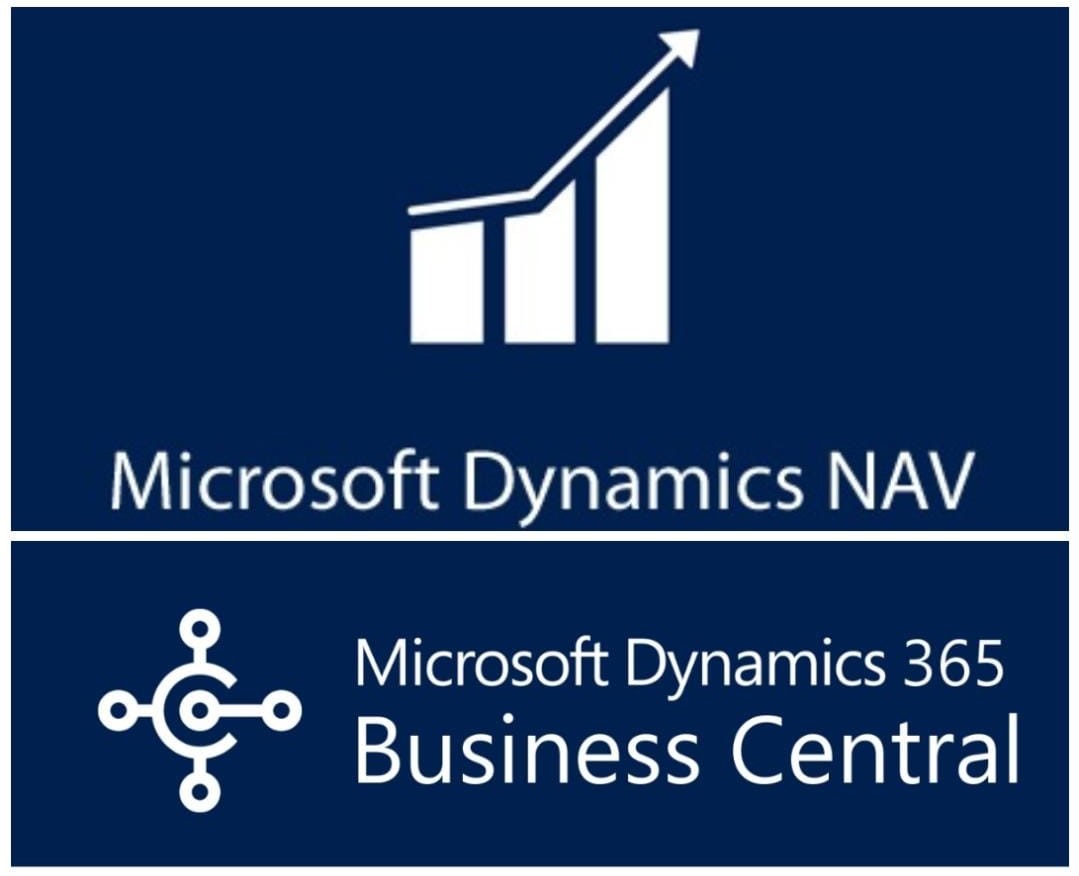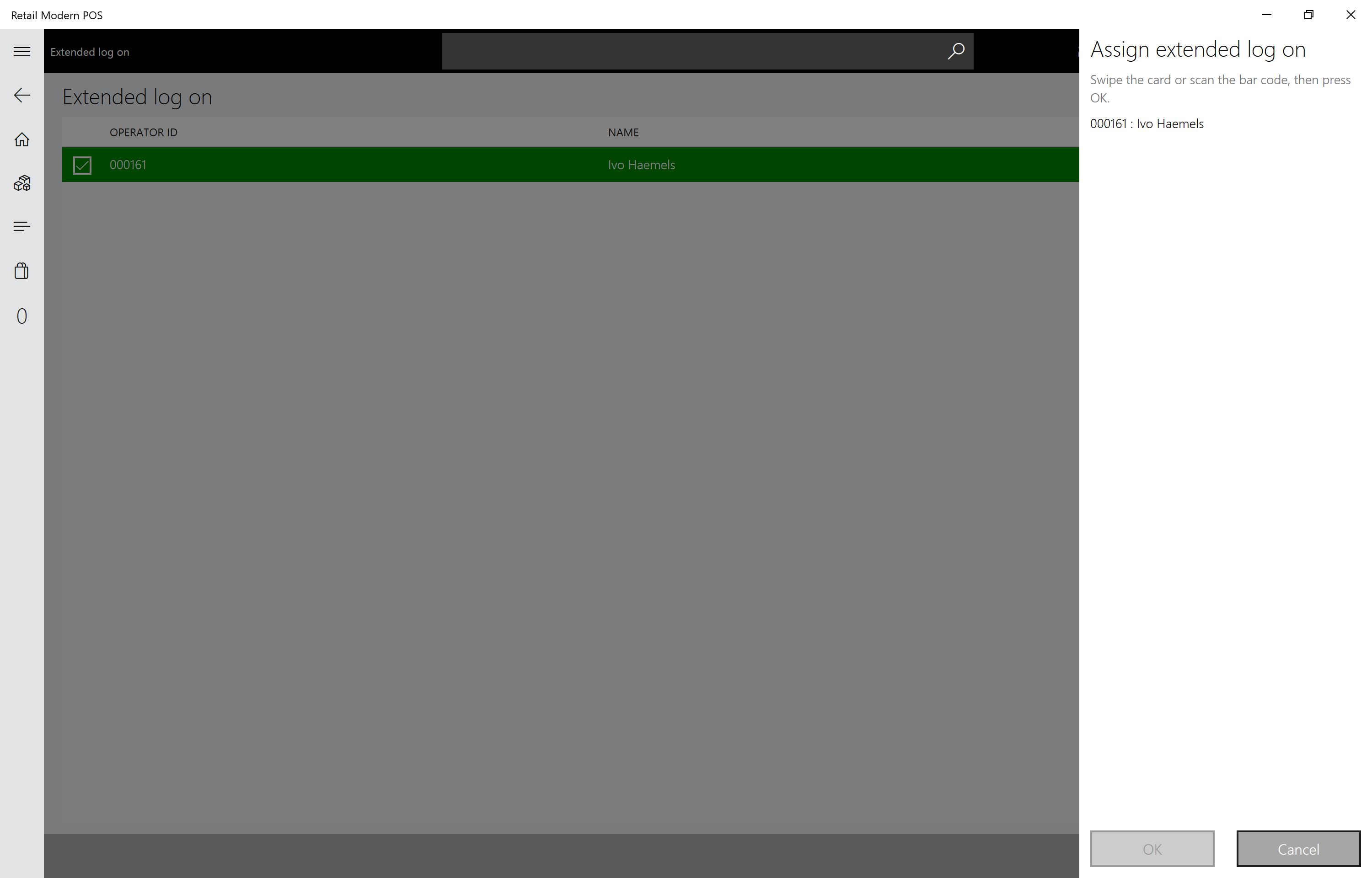

Click on Test Connection! This must be done for the connection to work.Ħ. Set the type to Microsoft Dynamics CRM and fill out the fields. Click on Connections on the left side of the screen.ģ. Next we’ll want to make that actual connection. It’ll take a few minutes, but then you’ll be able to easily create connections to your CRM instance. Click on the Install button next to the Microsoft Dynamics CRM connector: Click on Marketplace on the left side of the screen.Ģ. To keep things simple, we’ll use the Scribe Cloud Agent to connect to the CRM instances and not make our own.ġ. We’re not installing any software to any machine. “Install” is in quotes because we’re just clicking a button and adding a component to our Scribe Online instance. To do that, we “install” the CRM Connector in Scribe Online. Now we need to make the initial connection from Scribe to our CRM instances. You can always create two different online or on-premises instances if that’s what your situation calls for, but here we’ll use one of each. Setupįirst, we need our systems: A Scribe Online account, a CRM On-Premises instance, and a CRM Online instance. You can then use this knowledge to replace either the On-Premises or Online instance with another system. However, by the end of this article, you should understand the basics of setting up a connection. Of course, in a real-world scenario, you probably wouldn’t want to connect one CRM system to another. We’ll connect a CRM On-Premises installation with a CRM Online instance just to show that both methods of connecting are done very quickly with just one tool and one connector within Scribe. That’s the goal of this article It won’t be a functional or theoretical conversation, but a hands-on walkthrough. Instructions for setting up Scribe Online with Dynamics CRM are available, but we want to provide a quick example that anyone can follow and have an integration setup in around an hour, start to finish. One great way to achieve this is by using Scribe. Whether you are a multi-billion-dollar company or a start-up, odds are you’ll need to synchronize data whether it’s communication between POS and inventory systems, loading new contacts into Microsoft Dynamics CRM, or linking accounts and contacts between CRM and ERP.

Microsoft Dynamics Application Management and Support Services.Architecture, Engineering, and Construction (AEC).


 0 kommentar(er)
0 kommentar(er)
